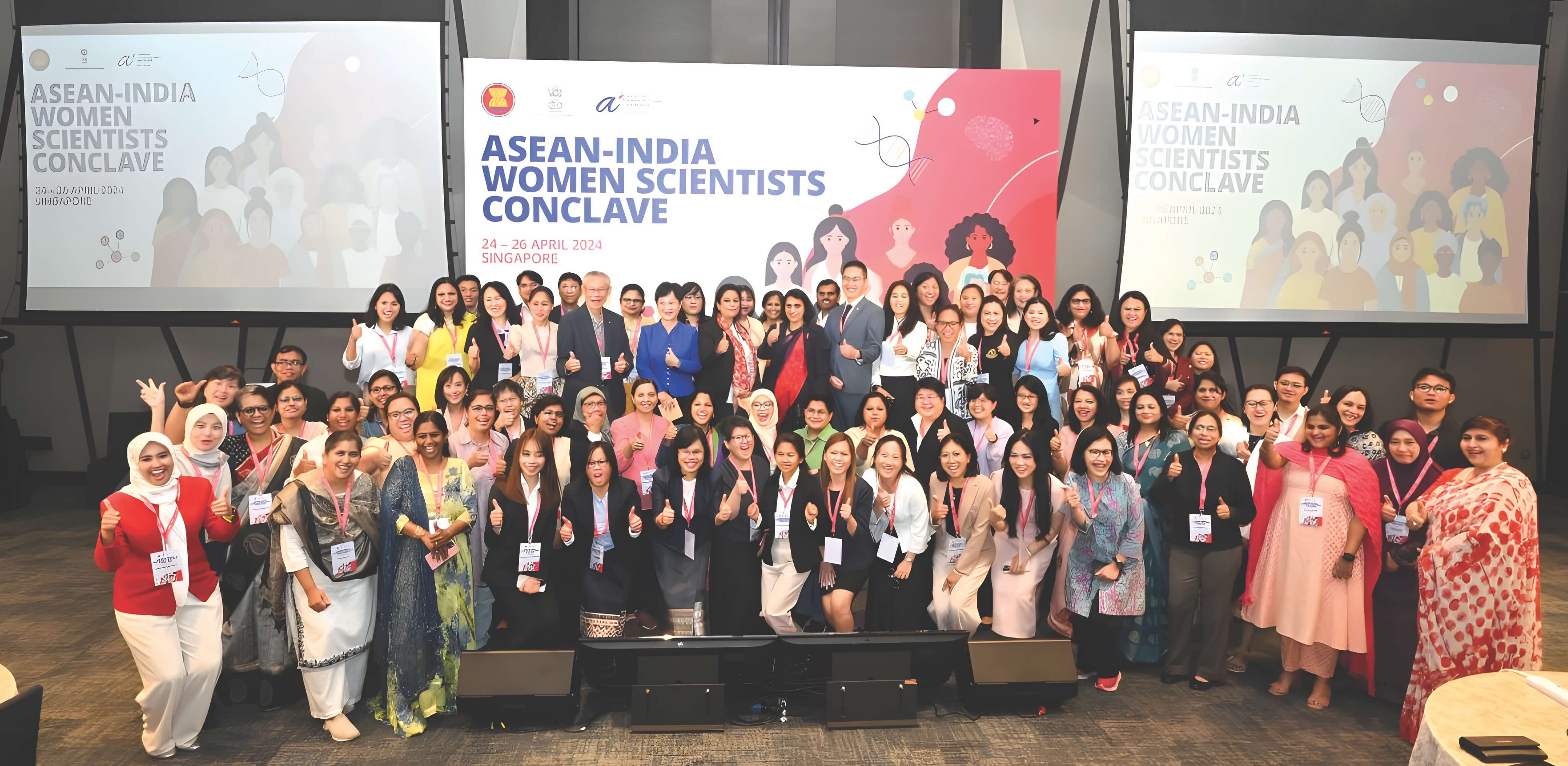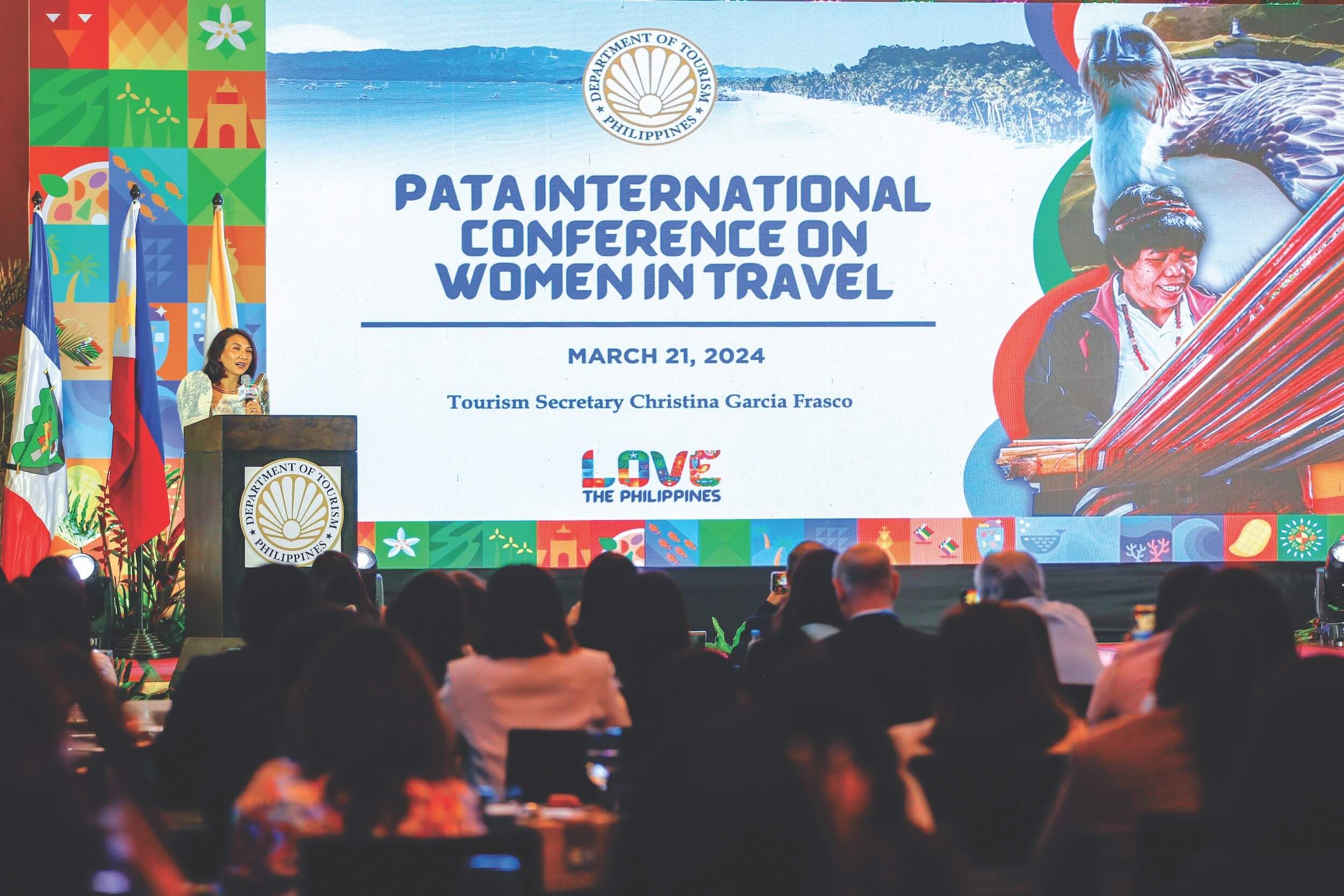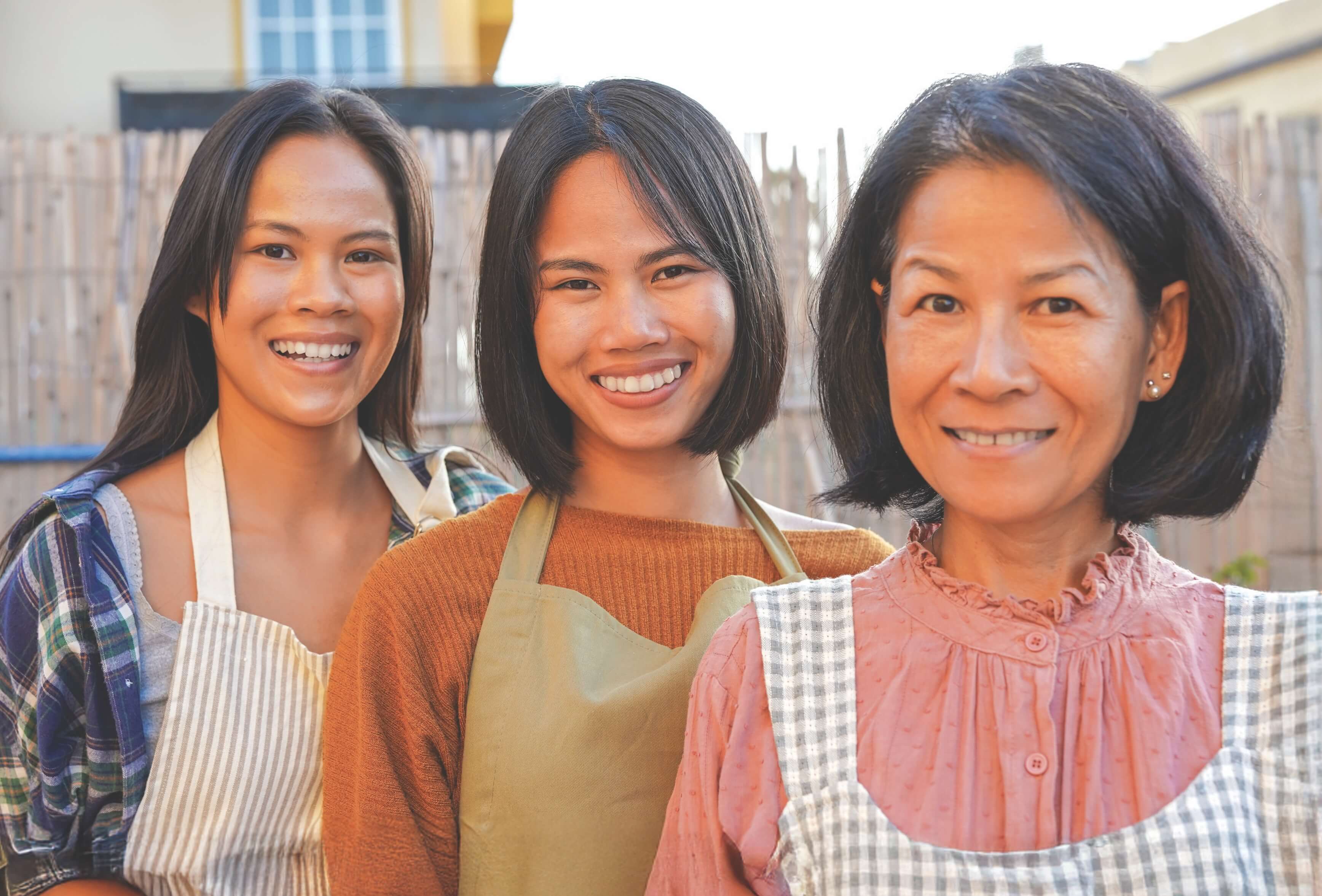



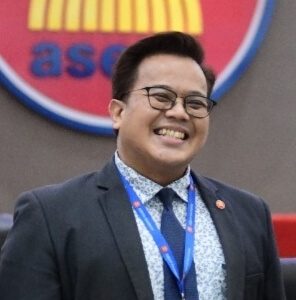
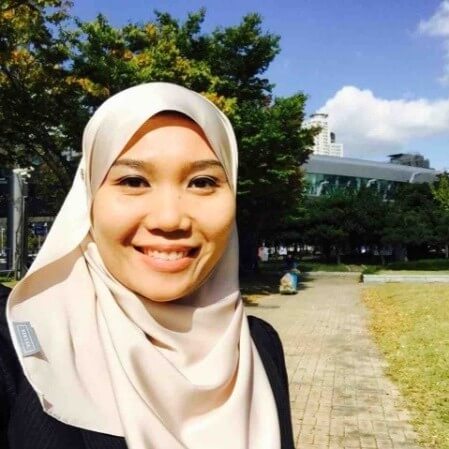
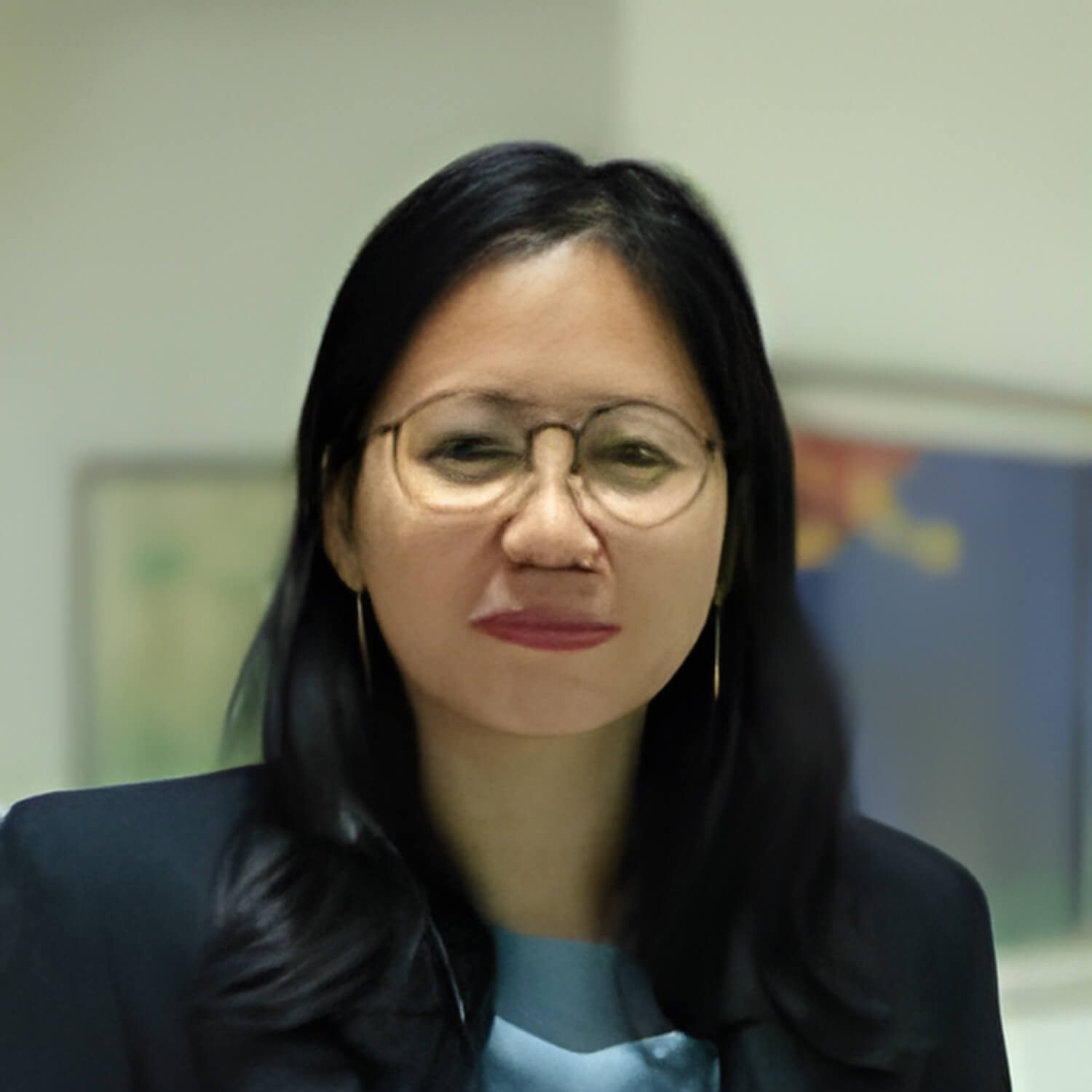
ASEAN’s pioneering efforts in pursuing a circular economy in the region can be a game-changer. A circular economy purports a fundamental shift away from the “take, make, waste” linear economy towards an economic model that promotes the efficient use of materials by design, prolonging the value of resources and regeneration.
The Framework for Circular Economy for the ASEAN Economic Community (CE Framework) created a defined policy space for inclusive and sustainable development in economic integration, providing an opportunity to advocate gender equality and the empowerment of all women in ASEAN in the economic pillar. Locating gender dimensions in the strategic priorities and proposed initiatives for circular economy in ASEAN makes sound business sense and at the same time promotes women’s economic empowerment that leads to inclusive economic growth.
The CE Framework recognises that purposive steps must be undertaken to promote circularity in ASEAN’s ongoing economic integration. This necessitates exploring how a circular economy can prevent gender disparities from the transition stage, how to account for and address the practical and strategic needs of women, and how to ensure the active inclusion of women in circular-economy-related activities. Such an exploration would help policy-makers ensure that the opportunities presented by the circular economy are equally accessible and beneficial for both women and men.
Women tend to be confined to low-value-added work and the informal sector due to the perceived conventional roles of women in society. In the region, more than two-thirds of workers in the informal sector are women; this number is even higher, at more than 90 per cent, in the agriculture sector (ILOSTAT database). And the rate of informal employment is generally higher for women compared to men except in Viet Nam, Brunei Darussalam, and Malaysia (ASEAN, 2019). In contrast, the (formal) labour force is disproportionately male—women comprise only around 40 per cent, mainly in public administration and social activities, trade and hospitality, and manufacturing (ILOSTAT database). Various studies confirm the same lopsided distribution in the circular economy, where there is a substantial share of women in waste picking and recycling activities but low representation in industrial eco-design and advanced technology-related professions and in senior management roles (Albadejo, et al., 2022).
Surfacing the gender dimensions of the circular economy entails a closer look at the following domains: i) laws, policies, regulations, and institutional practices; ii) cultural norms and beliefs; iii) gender roles, responsibilities, and time use; iv) access to and control over assets and resources; and v) patterns of power and decision-making.
The CE Framework outlines specific policy enablers that can accelerate and scale-up circularity in the region, consistent with ASEAN’s ongoing gender mainstreaming initiatives. For example, the policy frameworks and institutions that intend to guide ASEAN Member States in pursuing appropriate and inclusive policy interventions to encourage CE in the region can be complemented by the implementation of the ASEAN Gender Mainstreaming Strategic Framework, among others.
Several ASEAN frameworks complement and add value to the implementation of the Framework for Circular Economy for the ASEAN Economic Community. The ASEAN Declaration on the Gender- Responsive Implementation of the ASEAN Community Vision 2025 and the 2030 Agenda on Sustainable Development (2017) mandates the mainstreaming of gender perspectives across the three ASEAN Community pillars. This mandate adds value by applying a gender lens in the analysis of the CE Framework. Similarly, the Action Agenda on Mainstreaming Women Economic Empowerment in ASEAN Economic Community (2017) articulates ASEAN’s commitment to adopt concrete and measurable actions to address the barriers that impede women’s economic potential, and promote women’s participation and skills development in STEM and ICT, among others. Additionally, the ASEAN Gender Mainstreaming Strategic Framework guides the introduction and institutionalisation of such gender perspectives in ASEAN’s work including the implementation of the CE Framework.

Advocating for the CE Framework carries with it the fundamental need to address unpaid care and domestic work. Promoting a circular economy holds the potential to recognise the value of the reproductive roles that women and girls fulfil. Traditionally, women and girls have been relegated to undertaking reproductive roles and domestic roles in the family and home life while men undertake productive endeavours that are remunerated. As women and girls undertake care work, albeit unpaid, there is an opportunity to promote circularity at the household and community levels. This ranges from making decisions on energy consumption, and resource and waste management, to green approaches to productive ventures.
A cursory look at the priority strategies of the CE Framework reveals opportunities to address gender gaps in several areas. For example, micro, small and medium-sized enterprises (MSMEs) are the backbone of ASEAN’s interlinked economies, and women are significantly represented in this sector as entrepreneurs and workers, among others. Women would fulfil various roles in the production and provision of circular products and services (strategic priority 1), as well as participate in the trade of circular goods and services (strategic priority 2).
In terms of partnership and collaboration that promotes a “multi-stakeholder” approach to bridge sustainability-related initiatives under the three ASEAN Community pillars, inclusive approaches can be undertaken by facilitating the active participation of relevant stakeholders, including women’s organisations. Also, there is an opportunity to enhance the participation and contribution of women in innovation, digitalisation and green technologies (strategic priority 3). Significantly, the ASEAN Circular Economy Stakeholder Platform has been established as a regional facility to support ASEAN Member States achieve sustainable consumption and production by accelerating a transition to a circular economy. The website can be accessed here: https://ce.acsdsd. org/about/
In sum, promoting a circular economy in ASEAN has the potential for advancing gender equality and women’s empowerment. As the CE Framework usher in new and “green” jobs and phase out other jobs, women need equal opportunities to access such jobs and be protected from any forms of displacement and workplace discrimination during the transition period.
More broadly, it is imperative to systematically incorporate a gender lens in circular economy design since it requires understanding consumer behaviour and local/ traditional sustainable practices, which are domains where women are often the knowledge holders. In particular, investigating “gender roles and behavioural preferences in consumption as well as waste generation and prevention” could lead to addressing gender inequalities “through recognising the value of jobs supporting circular economies” (OECD, 2020).
Lastly, in promoting a gender-responsive circular economy in ASEAN, it is of vital importance to continue amplifying the voices and engaging women in the discourse on the circular economy in ASEAN and increase women’s participation and women’s role as agents of transformative change in circular economy strategies to eliminate discrimination and advance gender equality.
References may be accessed through this link:
https://shorturl.at/bhxGR




